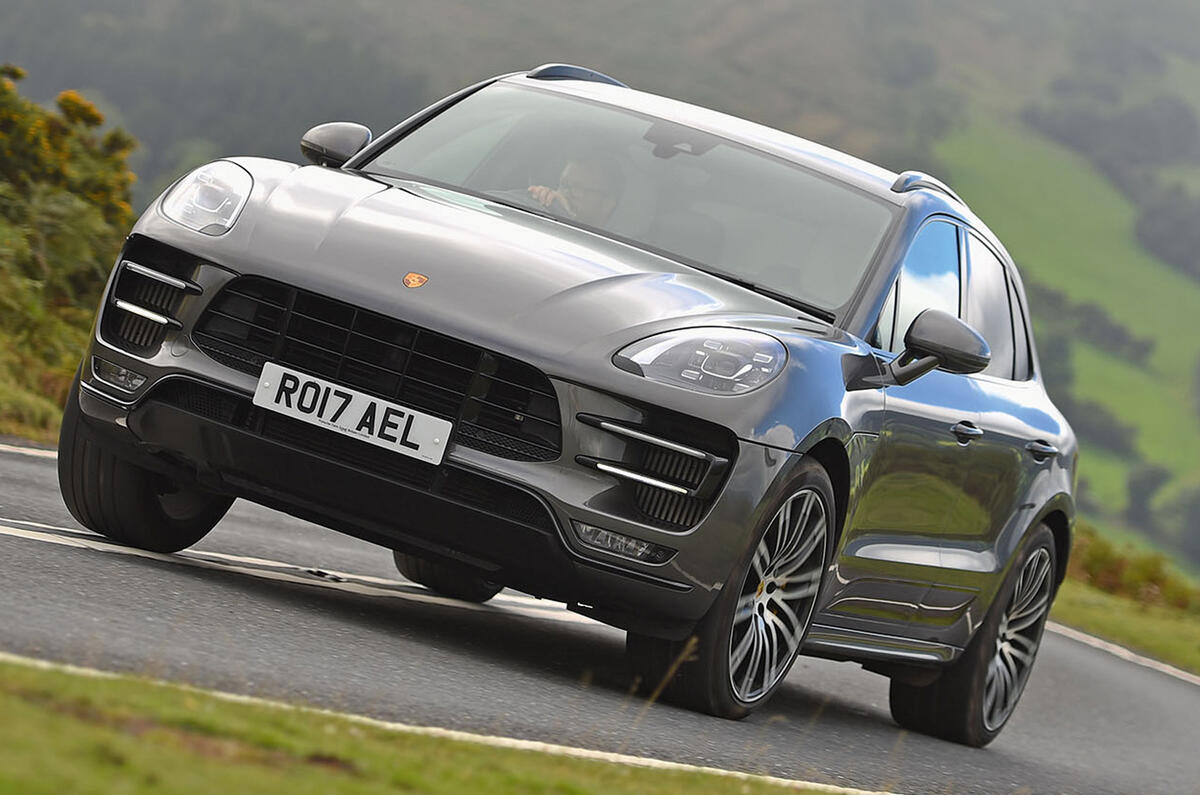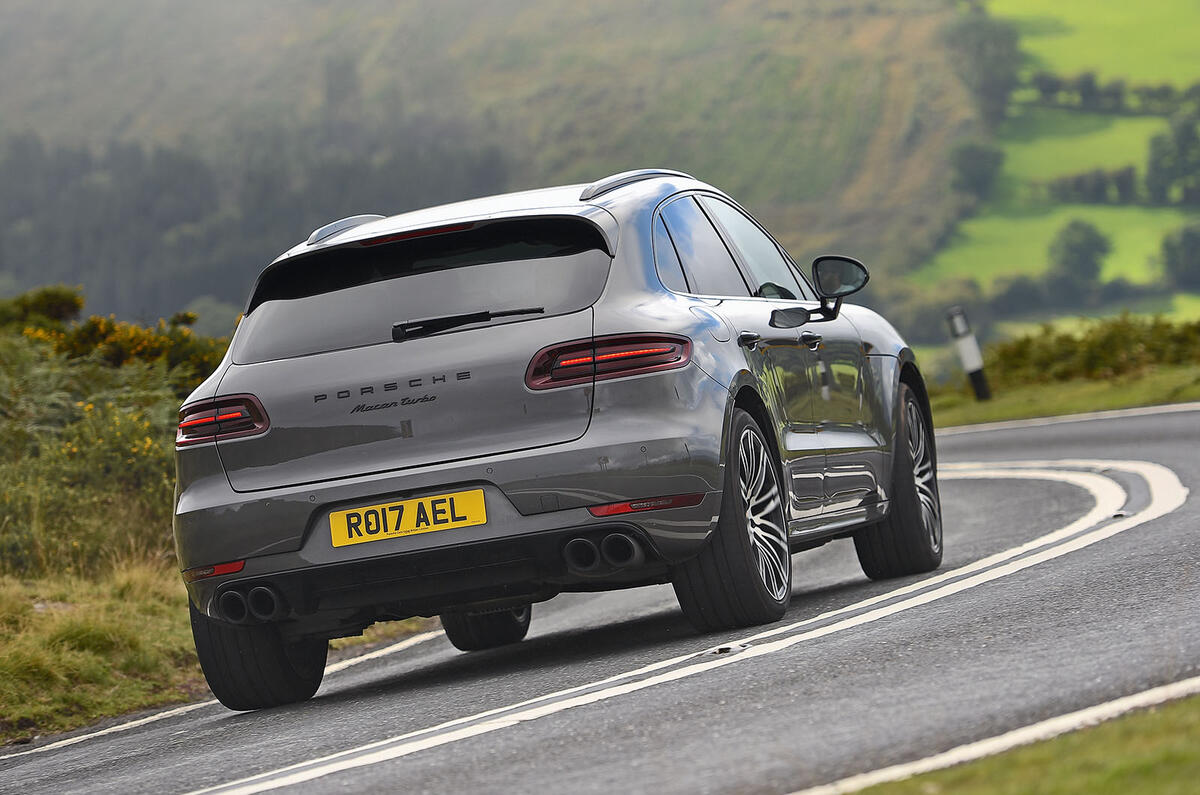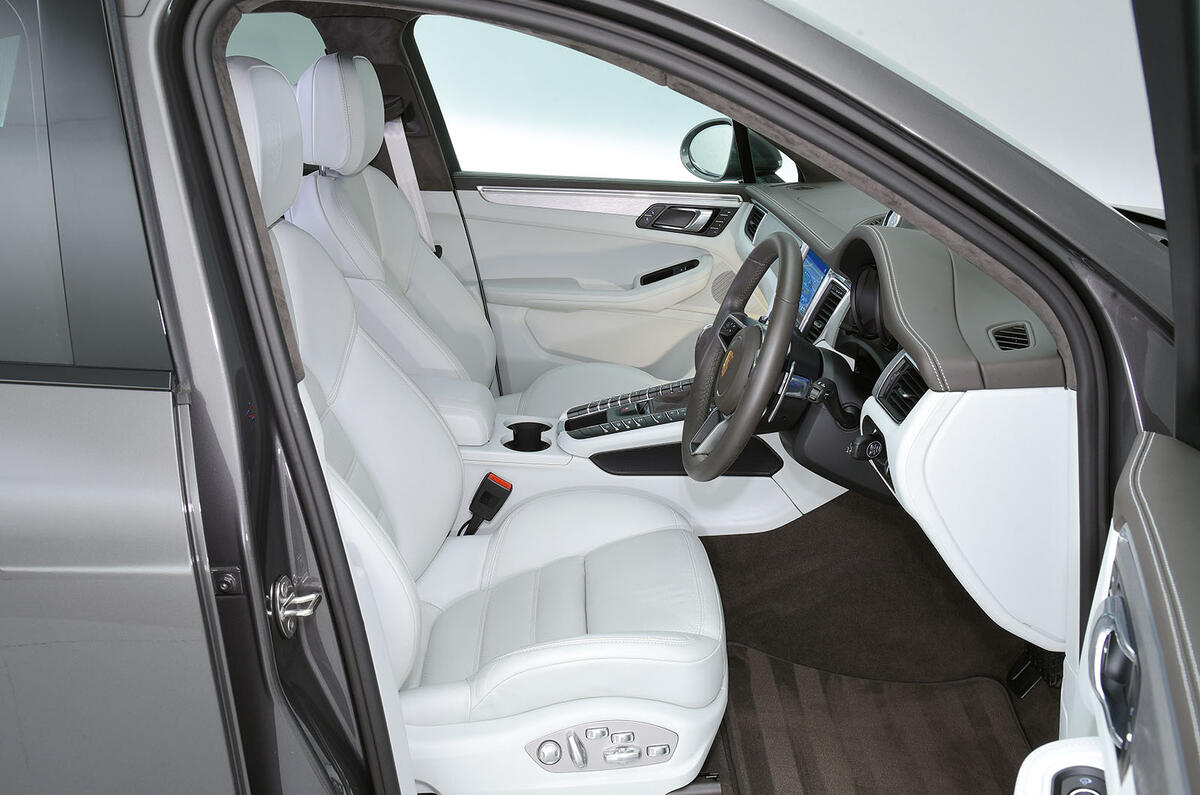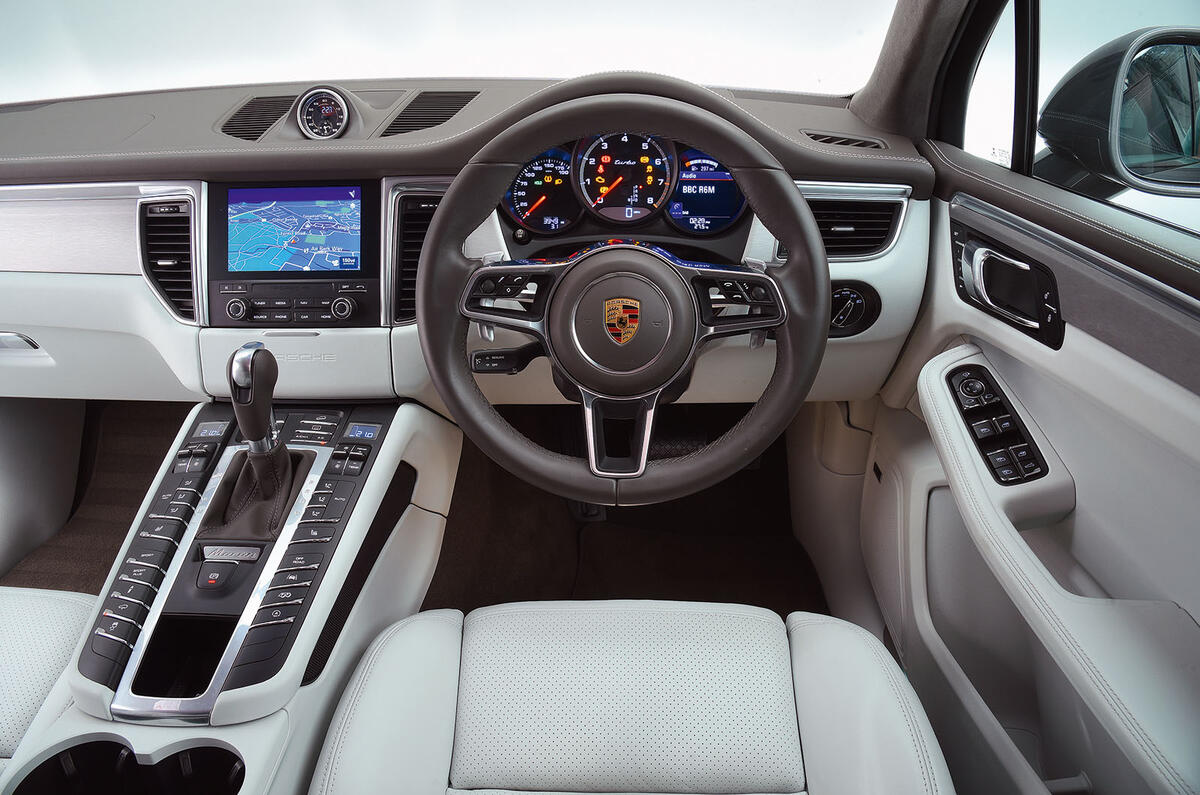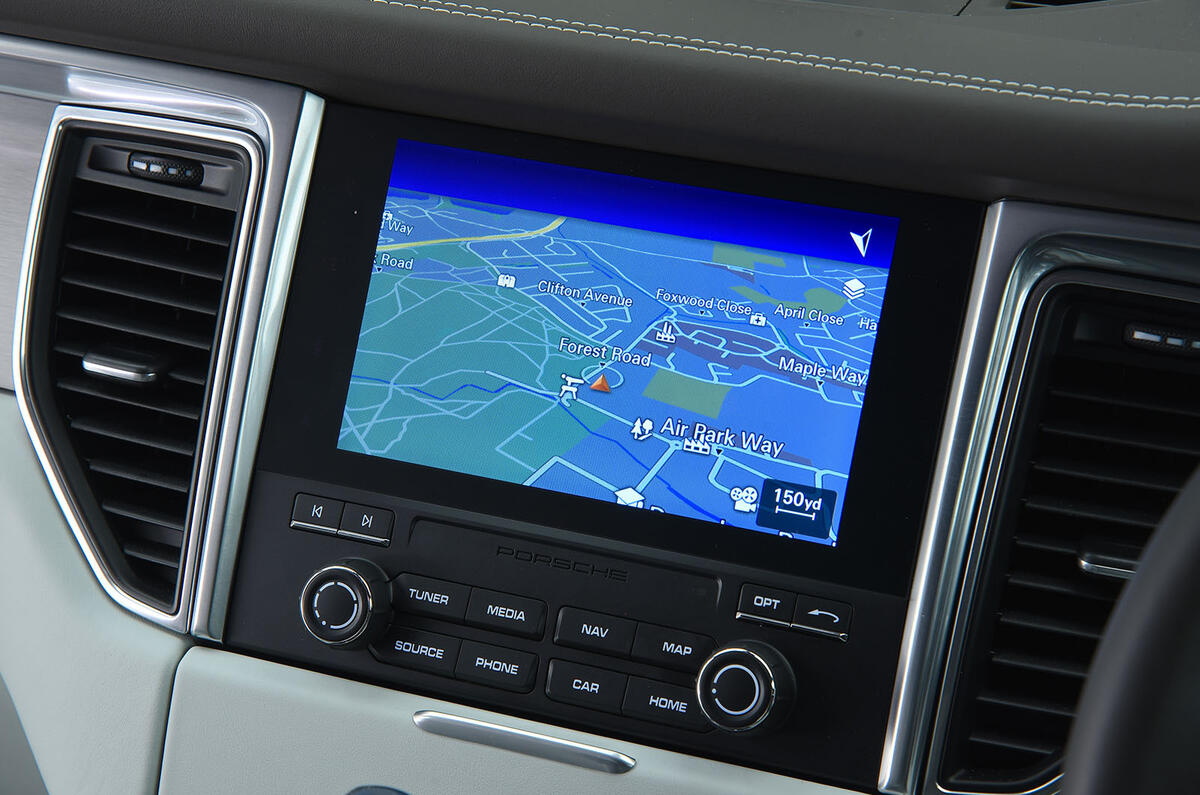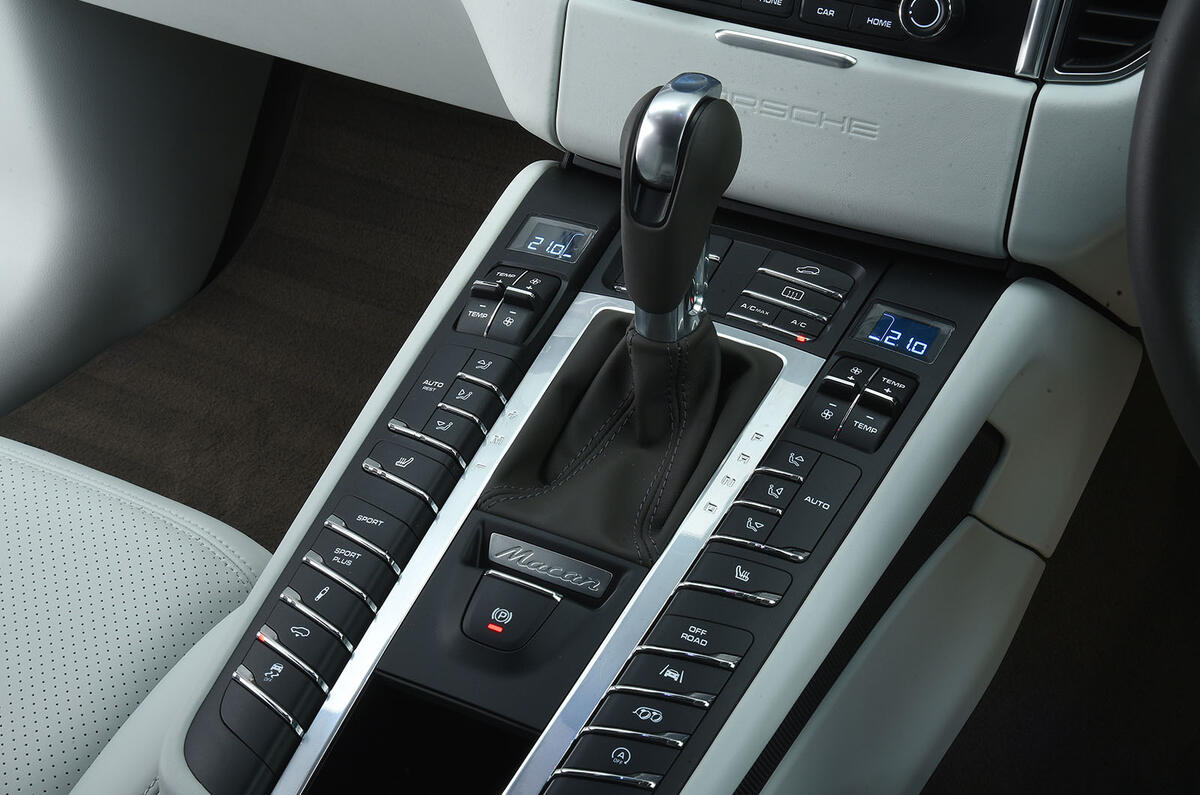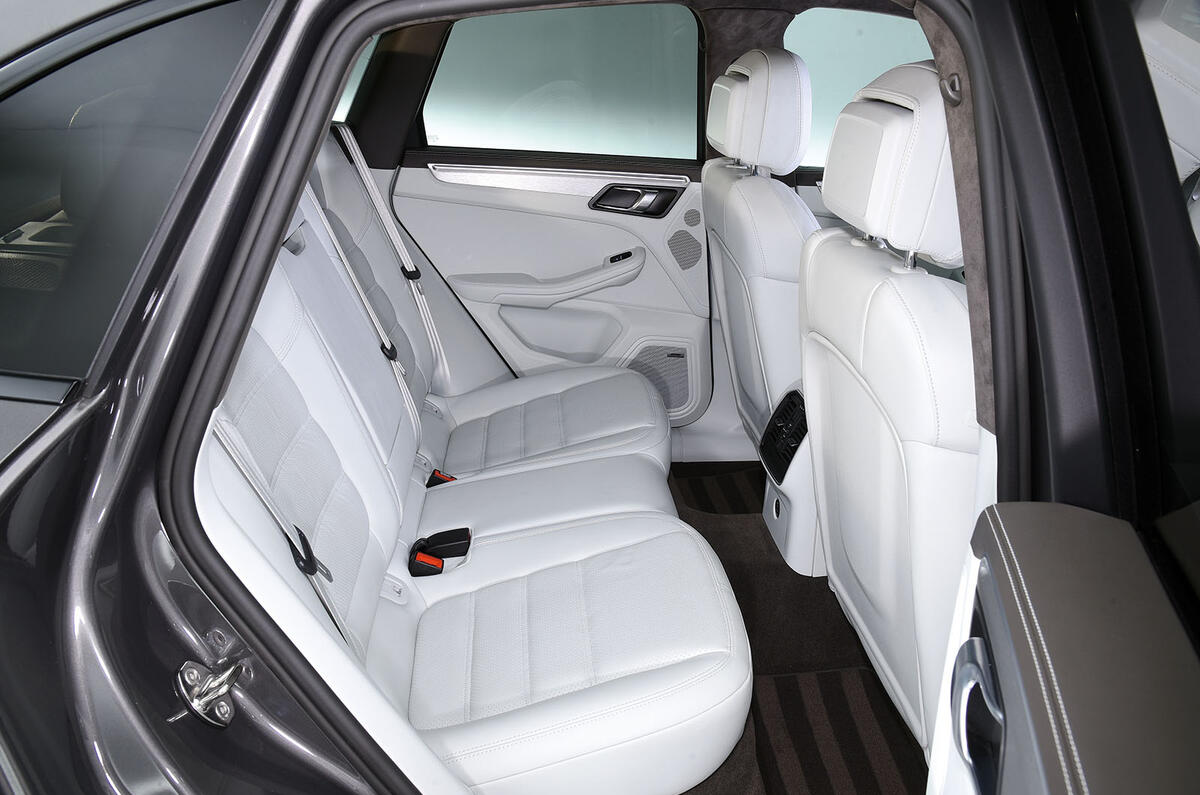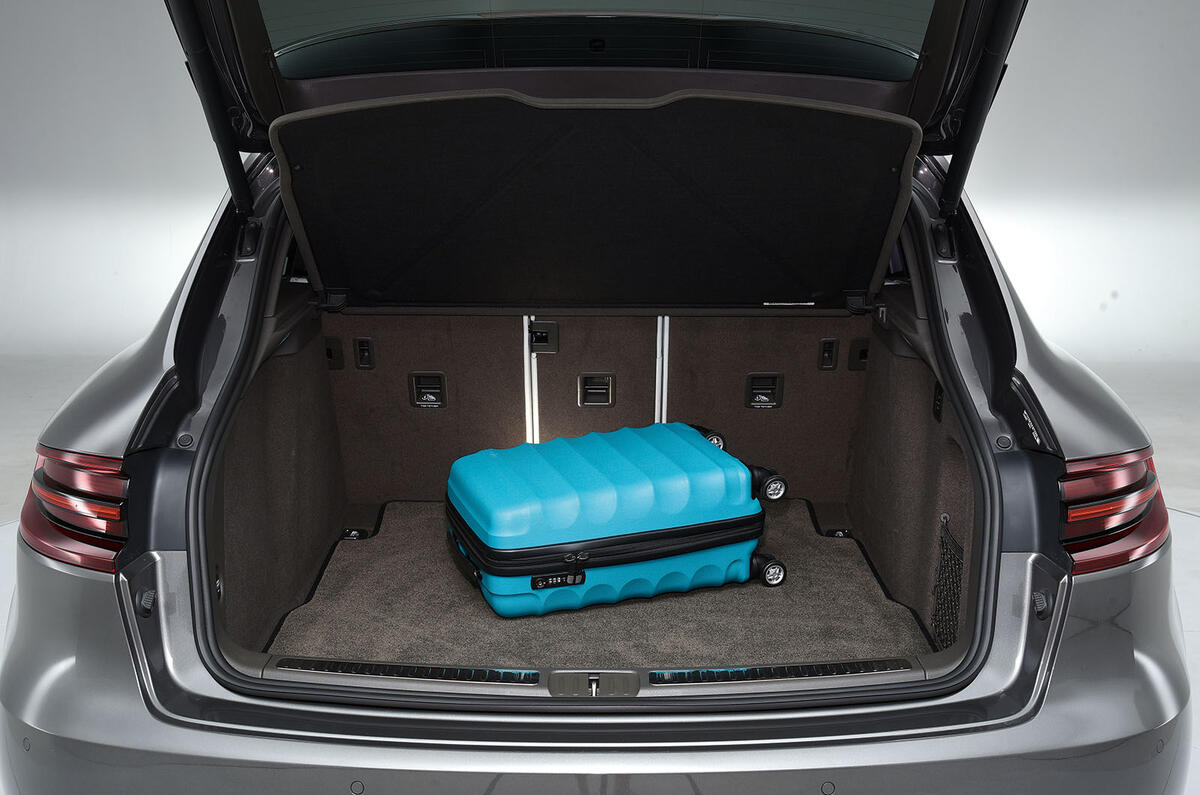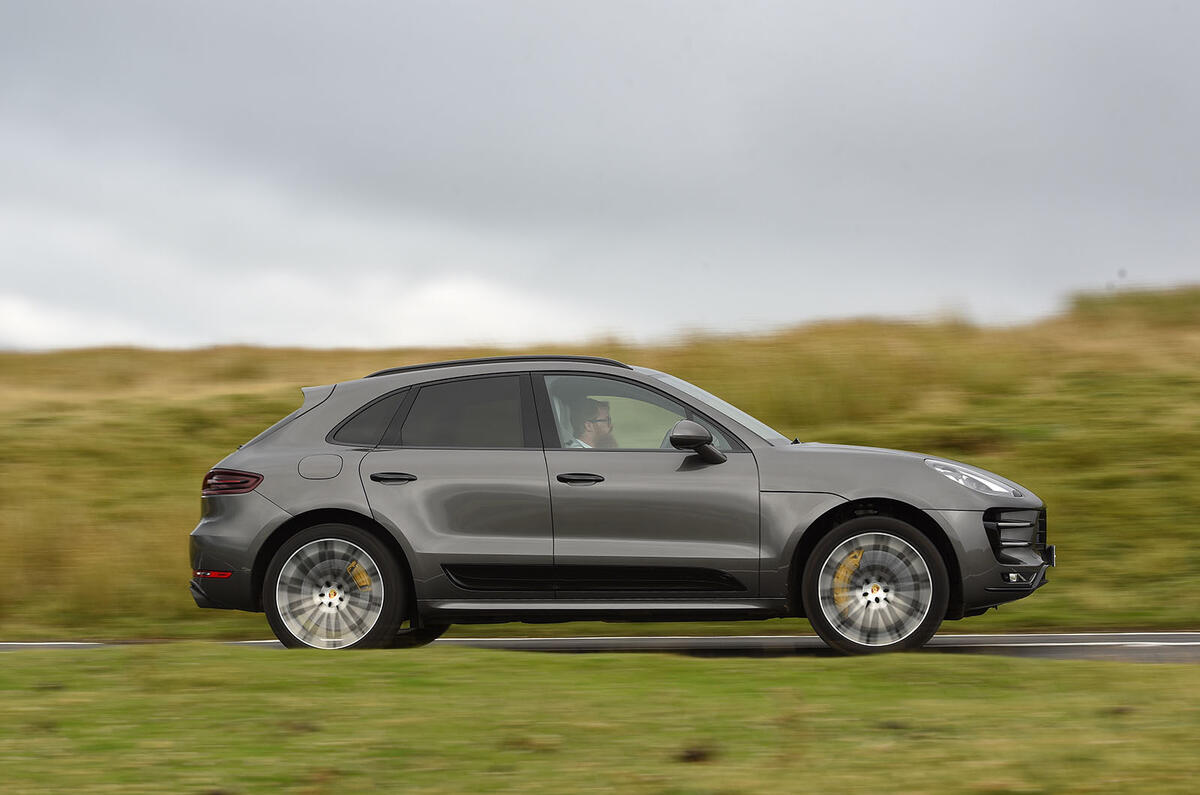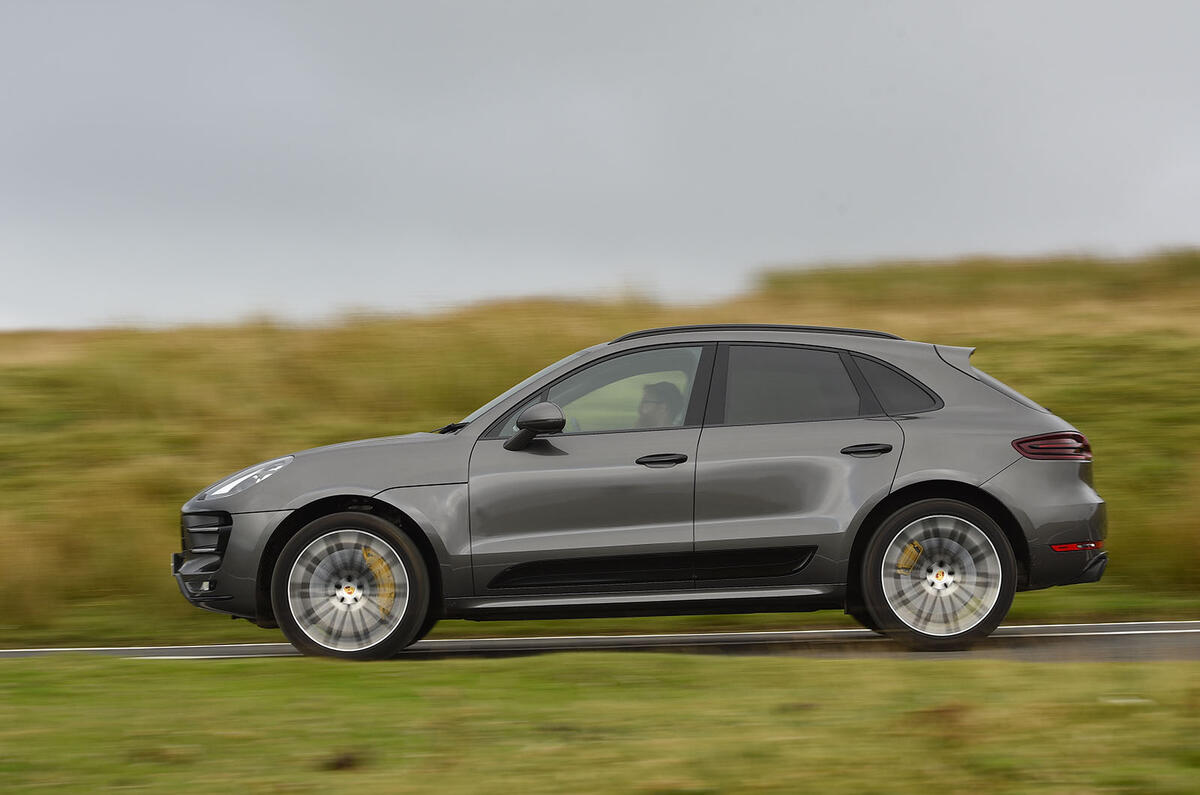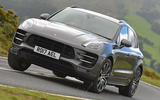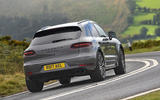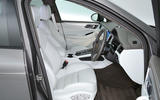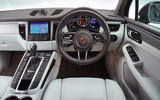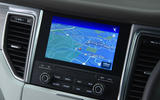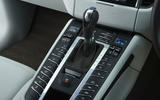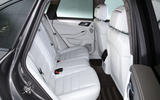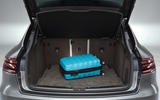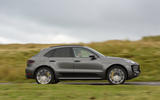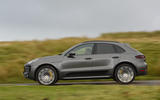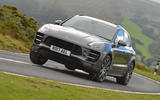The Porsche Macan, a smaller sibling to the Porsche Cayenne, was given the tough task of carving out a more lucrative slice of the market for itself. Consider if you will that segment, populated by everything from the BMW X3, Audi Q5 and Land Rover Discovery Sport, through to the Jaguar F-Pace, Maserati Levante and Alfa Romeo Stelvio, and even the Range Rover Sport and Velar.
Here however, we are not driving any ordinary Macan but the range-topping Turbo form.
Does the Macan live up to its Turbo name?
First impressions on first viewing the Macan are of its relatively moderate size. The dimensions vary slightly between models, but the Turbo tested here is 4699mm long, 1923mm wide and 1624mm high. That makes it 146mm shorter, 17mm narrower and 76mm lower than the second-generation Cayenne.
Whereas the Cayenne shares its underpinnings with the Volkswagen Touareg, the Macan is based around a modified version of the high-strength steel platform that underpins the first generation Audi Q5. The two share a 2807mm wheelbase – 88mm shorter than the Cayenne’s – but they have little else in common.
The Macan receives its own mechanical hardware, consisting of specially tuned or unique engines, new gearboxes and a revised version of the Cayenne’s multi-plate-clutch four-wheel drive system. The Macan’s MacPherson strut front and multi-link rear suspension is also described as unique, with track widths that are up by 35mm at the front and 36mm at the rear over the Q5’s.


